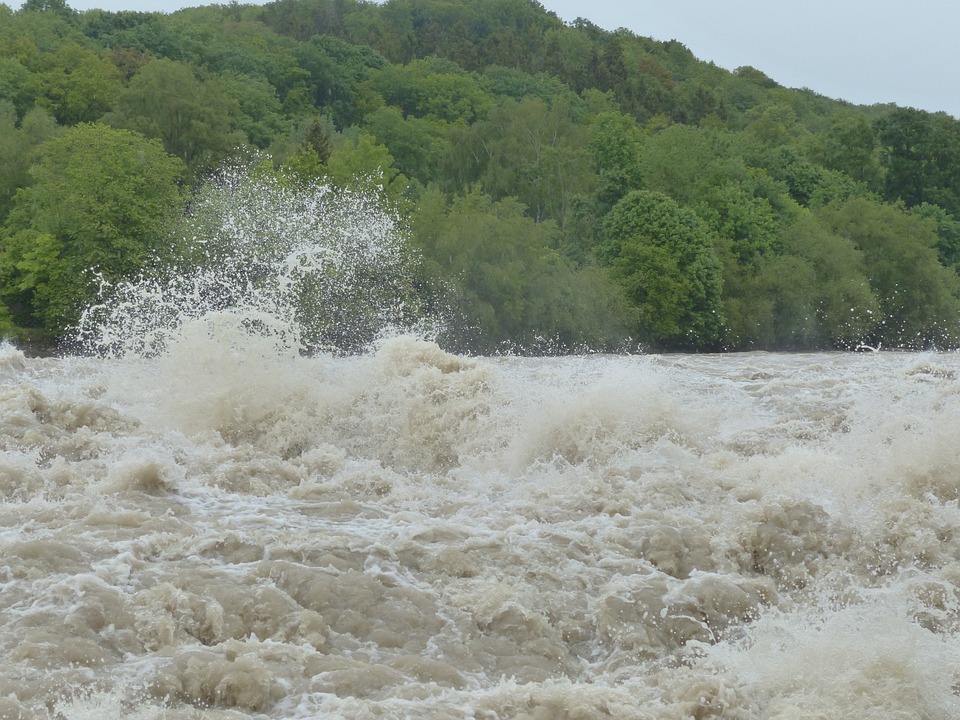What Is the Climate Like in Grasslands?
Grasslands are expansive ecosystems characterized by dominant grass species and limited tree cover, found across various regions of the world, including North American prairies, African savannas, and Eurasian steppes. These areas typically emerge in regions where rainfall is insufficient to support forests but adequate enough to sustain grasses. The climate plays a crucial role in shaping grassland ecosystems, influencing their biodiversity and the types of flora and fauna that can thrive.
Overview of Grassland Climate
Temperature Range
Grasslands generally experience a wide temperature range:
– Temperate Grasslands: Characterized by warm to hot summers and cold winters, with temperature variations that can exceed 40°C (72°F).
– Tropical Grasslands: Typically warm year-round, with temperatures ranging from 15°C to 35°C (59°F to 95°F).
Rainfall Patterns
Grasslands receive moderate annual rainfall, generally between 20 to 35 inches (500 to 900 mm).
– Tropical Grasslands: Experience distinct wet and dry seasons, receiving up to 60 inches (1,500 mm) during the wet season.
– Temperate Grasslands: Tend to have more uniform rainfall patterns concentrated in summer months.
Seasonal Changes
– Temperate Grasslands: Exhibit pronounced seasonal changes with distinct spring, summer, autumn, and winter periods.
– Tropical Grasslands: Experience wet and dry cycles rather than four distinct seasons.
Types of Grasslands and Their Climates
Temperate Grasslands (e.g., Prairies, Steppes)
These regions are marked by:
– Hot summers and cold winters.
– Rainfall primarily occurring during summer months.
Examples include the North American prairies and Eurasian steppes.
Tropical Grasslands (e.g., Savannas)
Features include:
– Warm temperatures throughout the year.
– Distinct rainy and dry seasons.
Commonly found in sub-Saharan Africa and northern Australia.
Subtropical Grasslands
These areas have:
– Mild to warm temperatures.
– Variable precipitation depending on the specific geographic location.
Impact of Climate on Grassland Vegetation and Wildlife
Drought-Resistant Vegetation
Grasslands are dominated by grasses due to their ability to withstand drought conditions. The limited availability of water restricts tree growth, promoting an ecosystem primarily composed of herbaceous plants.
Wildlife Adaptations
Animals in grassland ecosystems exhibit various adaptations:
– Migratory patterns are common as species follow seasonal food availability.
– Water conservation strategies are critical for survival during dry periods.
Fire as a Natural Part of Grassland Ecosystems
Periodic fires, often exacerbated by dry conditions, play a vital role in maintaining grassland health:
– Fires help control tree growth and promote the regeneration of grasses.
– They increase biodiversity by allowing various plant species to flourish post-fire.
Human Impact and Climate Change in Grasslands
Agricultural Use of Grasslands
The fertile soils of grasslands make them attractive for agricultural development. However, this often leads to significant habitat loss and degradation:
– Overgrazing and conversion for crops diminish native biodiversity.
Climate Change Effects
Grasslands face numerous challenges due to climate change:
– Altered precipitation patterns can lead to increased drought risk.
– Rising temperatures may further stress existing ecosystems, affecting both plant and animal life.
Frequently Asked Questions (FAQs)
– What is the temperature like in grasslands?
Temperate grasslands have hot summers and cold winters; tropical grasslands remain warm year-round.
– How much rainfall do grasslands receive?
Typically between 20 to 35 inches annually; tropical grasslands may receive more during rainy seasons.
– Why are there so few trees in grasslands?
Limited rainfall and frequent fires inhibit tree growth, favoring grasses instead.
– What kinds of animals live in grasslands?
Common species include grazing animals like bison and antelope, along with predators like lions and coyotes.
– How does climate change impact grasslands?
It increases drought risk, alters species distributions, and may lead to habitat degradation or desertification.
Conclusion
The climate characteristics of grasslands—marked by variable temperatures, moderate rainfall, and distinct seasonal changes—are essential for supporting diverse ecosystems. As these habitats face pressures from human activity and climate change, conservation efforts become increasingly vital for maintaining their ecological health and biodiversity.

Kyle Whyte is a notable scholar and professor at the University of Michigan, holding positions such as the George Willis Pack Professor in the School for Environment and Sustainability and Professor of Philosophy. Specializing in environmental justice, his work critically examines climate policy and Indigenous peoples’ ethics, emphasizing the nexus between cooperative scientific endeavors and Indigenous justice. As an enrolled Citizen Potawatomi Nation member, he brings a vital perspective to his roles as a U.S. Science Envoy and member of the White House Environmental Justice Advisory Council. His influential research is supported by various prestigious organizations including the National Science Foundation, and disseminated through publications in high-impact journals. Kyle actively contributes to global Indigenous research methodologies and education, with affiliations to numerous institutes and societies dedicated to traditional knowledge and sustainability. Recognized for his academic and community engagement, Kyle has earned multiple awards and served in various visiting professorships. His efforts extend to leadership positions on boards and committees focused on environmental justice nationwide.
